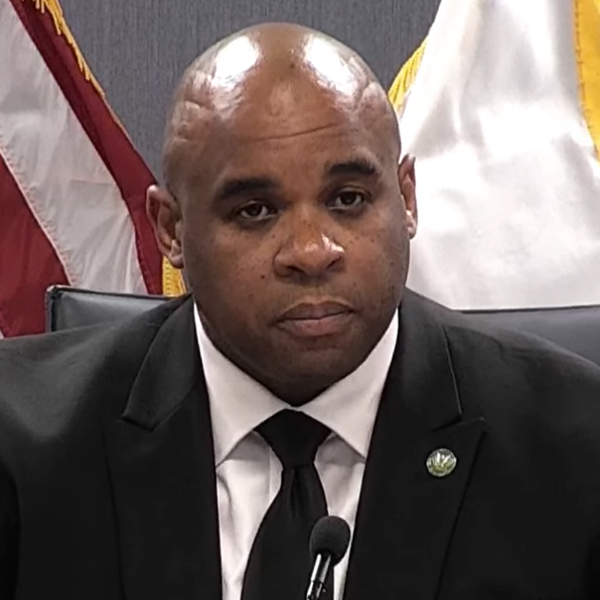ISO-NE’s revised load forecast sees slower growth in the next few years because of economic turbulence, followed by accelerating growth from electrification.
The RTO’s draft 2023 Capacity, Energy, Loads, and Transmission (CELT) report, presented at the April 20 Planning Advisory Committee meeting, projects the RTO’s net winter 50/50 peak will hit 25,133 MW by 2031, a 10% increase over last year’s CELT projection for that year. The net forecast subtracts the impact of energy efficiency and behind-the-meter PV.
The RTO predicts a 2031 gross 50/50 winter peak — including BTM resources and passive demand resources that participate in the ISO-NE markets — of 27,646 MW, almost 7% above its 2022 forecast. For 2023, however, ISO-NE projects a gross winter peak of 22,053, almost 1% below the 2022 projection.
The summer forecasts for 2023 and 2024 also have been reduced from last year with the summer gross 50/50 forecast reduced by 1% in both 2023 and 2024.
 New England’s projected economic growth (real gross state product) | ISO-NE draft 2023 Capacity, Energy, Loads, and Transmission report
New England’s projected economic growth (real gross state product) | ISO-NE draft 2023 Capacity, Energy, Loads, and Transmission report
The new report incorporates Moody’s February 2023 macroeconomic outlook, which projects the region’s economic output will be about 3% less than its previous forecast through 2032 because of the war in Ukraine, increased fossil fuel prices and the Federal Reserve’s interest rate increases to tame inflation. The final CELT report will be released May 1.
Lead data scientist Victoria Rojo told the PAC that the RTO expects winter loads to grow faster than summer loads over the next decade.
“In the outer years, you see a lot more growth [in winter] than you do in summer because now in our electrification forecast, we have both the heating and transportation components, which increased significantly over last year’s forecast,” she said.
By 2032, the 50/50 net load forecast shows the winter peak less than 800 MW below the summer peak. The 50/50 measure is a probabilistic forecast intended to be indicative of normal weather conditions in each season. “So if, for example, you had a summer with cooler than normal summer weather conditions, and in that same year, you have a winter with more extreme than normal winter weather, it’s possible that you can see a winter peaking system much sooner than our 50/50 forecast would dictate — possibly even by the end of the forecast horizon,” Rojo said.
RTO system planners have made no major changes to the specification of the summer/winter demand forecast models since CELT 2020, Rojo said. However, methodologies for both the heating and transportation electrification forecasts have been updated since CELT 2022.
“On the heating side, we’ve completely overhauled our methodology. And on the transportation side, we’ve made some more targeted updates to pieces of the methodology,” Rojo said.
For heating, the RTO changed how it performs demand modeling, as well as how it forecasts the adoption of electrification. It includes a greater variety of building types and technologies through use of the National Renewable Energy Laboratory’s residential and commercial real estate stock data sets.
Planners are now including the impacts on commercial real estate “whereas in the past forecasts, we focused exclusively on the residential sector,” Rojo said.
Residential properties are forecast to adopt electrification at different rates depending on their current heat source, with oil-heated homes transitioning faster than propane and natural gas properties lagging both.
The RTO’s forecast shows faster adoption of full heating electrification in the commercial sector while the residential buildings are expected to see more partial heating electrification.
“It’s easier to install a ductless mini-split heat pump … especially when you have buildings that have [hot water] systems that have no ductwork [for heating or air conditioning],” Rojo said. “It’s easier to just do the partial application, which can be a room or zone in the house.
“The expectation is that when a business … chooses to electrify a building, they’re doing it as more of a business decision versus just kind of taking advantage of certain incentives [available to residential homeowners]. It’s more of a business choice, and it’s more likely to be a whole business transition,” she added.

